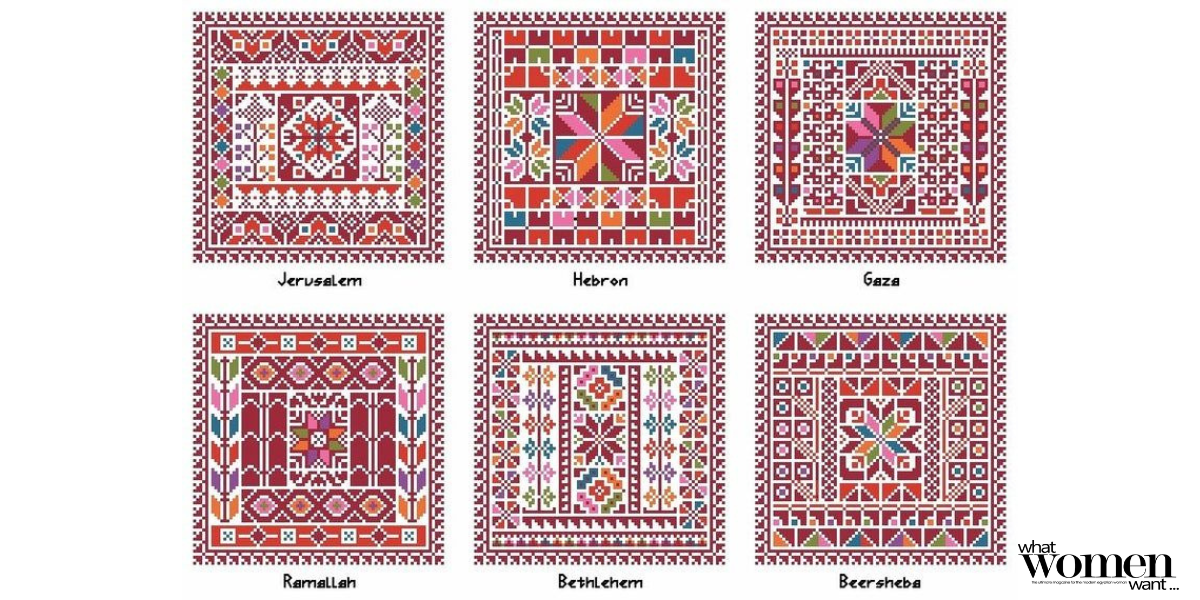Palestinian women have always played a pivotal role in the opposition against the occupation, apartheid, and displacement. One of the most prevalent ways of Palestinian women’s resistance is the Palestinian art form of tatreez. Tatreez is a form of cross-stitch embroidery that uses colorful threads to create unique designs on a thobe, a traditional ankle-length dress. It was and still is a cornerstone of Palestinian folklore due to its cultural and economic prominence in Palestinian women’s lives. Every stitch is a statement, and every pattern tells a story. Tatreez is now a recognizable and visible form of Palestinian nationalism and resistance.
History of Tatreez

As the political climate changed in Palestine, so did the art form of tatreez. After the Nakba in 1948, women needed to join the workforce in order to provide for their families. As a result, the practice of tatreez took a backstep. It returned in the 1960s, but it was forever changed. They simplified motifs, used cheaper materials, and utilized machine embroidery. After the First Intifada, tatreez gained political significance. During this time, the Israeli army confiscated all Palestinian symbols. Palestinian women created the intifada dress to stand in defiance, embroidered with the national flag, map of Palestine, national symbols like orange trees, and phrases such as ‘We will return’ in traditional Palestinian colors.
Different Motifs

Motifs are the different designs in tatreez and usually differ from one town to another, different stages in life, or symbolize significant life events, like weddings or pregnancy. For example, in Hebron, a city in the West Bank, green is usually used for young women and purple for older women.

Also, different shades of the same colors could represent different regions. Ramallah uses a bright shade of red, whereas Khalil uses a darker brownish red. But if a woman is wearing a thobe with an orange blossom motif, it would indicate she is from Beit Dajan, a village known for orange orchards.

If a family had a farm that grew certain flowers or leaves, they would integrate it into their pattern. Bridal thobes include tatreez with gold or silk threads.
From One Generation To Another

Tatreez is more than a dress. It is the physical representation of Palestinians. Palestinian girls start learning the traditional art form of tatreez at six or seven years old. Palestinian matriarchs pass down the skills and patterns from their ancestors to the young generation, preserving the tradition. It is a method for these women to communicate, express themselves, and bond over their womanhood. Traditionally, these young girls would start working on their wedding dress and marital wardrobe, as it usually takes years to finish a thobe.
By continuing the art of the form of tatreez, Palestine refuses to allow the occupation to erase their identity and pass it down as their own. It is a form of resistance that persisted and will one day be practiced in a free Palestine.

